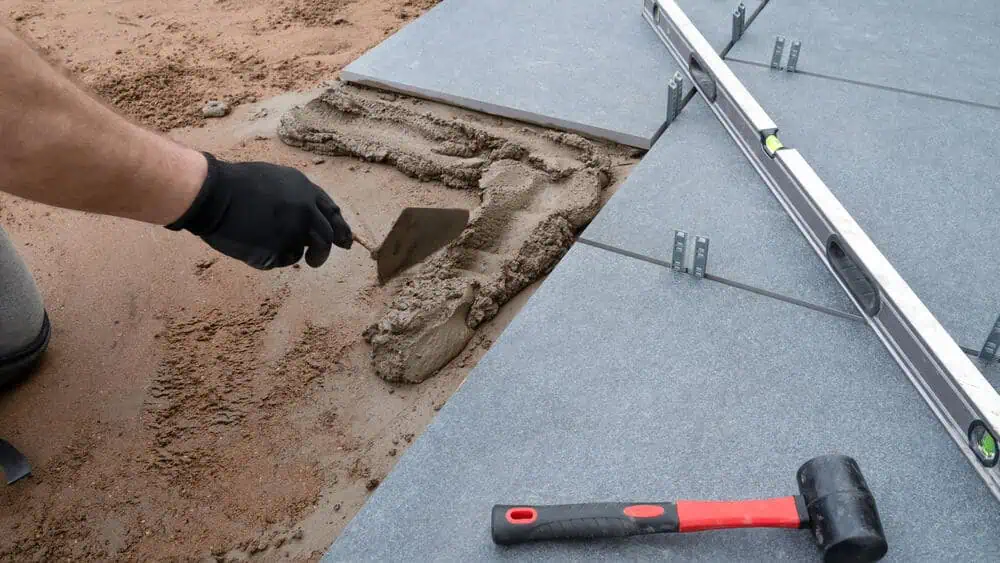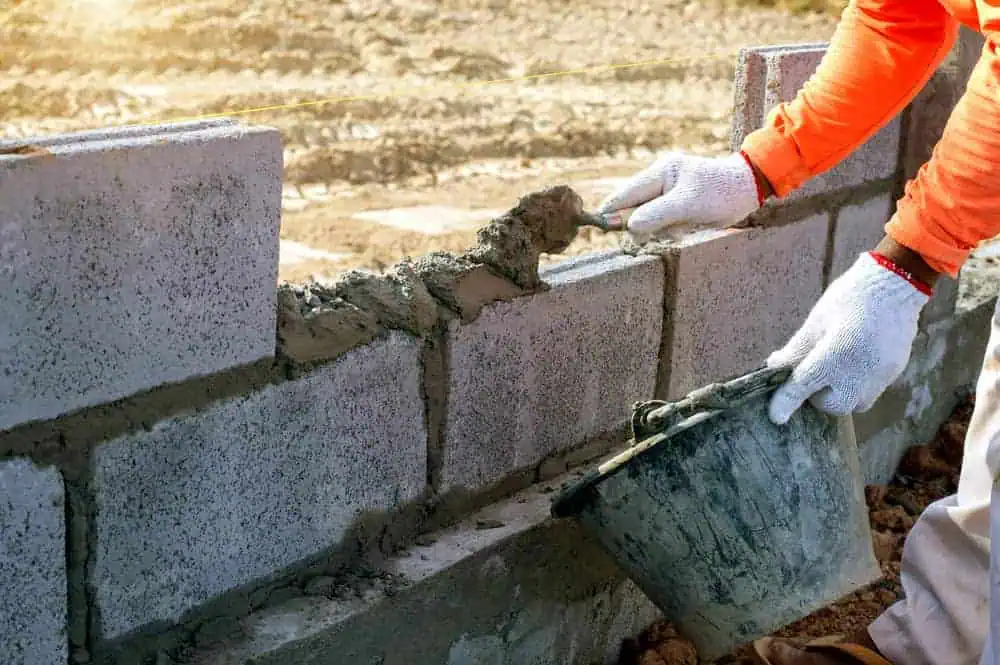Paving Contractor in Littleton, MA
Are you looking for the best materials for your paving installation in Littleton, MA? Discover expert tips from Academy Masonry to ensure a durable and attractive finish.
Call Us Today: 508-501-3272

Choosing the suitable materials for your paving installation in Littleton, MA starts with understanding your needs. Will it be a driveway, a patio, or a walkway? Consider the amount of traffic the area will endure. High-traffic areas need more durable materials. Think about the look you want to achieve. Different materials offer various textures and colors to match your style.
Weather conditions in Littleton, MA also play a role. Some materials handle freezing and thawing better than others. By understanding your needs, you can make informed choices that ensure your paving project is functional and visually appealing. Consulting with experts at Academy Masonry can help you make the best decision.
Our team provides professional recommendations tailored to your needs in Littleton, MA. Call us at 617-388-5207 today to get started.
We source high-quality paving materials suitable for Middlesex County's climate and conditions.
With years of experience, Academy Masonry ensures timely and efficient installation backed by excellent customer service.

In Middlesex County, homeowners have various paving materials to choose from, each with its unique benefits. Concrete can be molded into different shapes and finishes, making it suitable for multiple applications, such as driveways, patios, and walkways. It can also be colored to match the aesthetic of your home, offering both functionality and visual appeal.
Brick pavers are another excellent choice, known for their classic and timeless look. They are particularly favored for their ability to create intricate patterns and designs, adding a touch of elegance to any outdoor space. Brick pavers are also durable and can withstand heavy traffic, making them ideal for driveways and heavily used areas. Their rich color and texture can complement both traditional and modern homes in Littleton, MA.
Natural stone, such as flagstone or slate, offers a unique and natural appearance that is highly sought after. Each stone has a distinct look, providing a distinctive finish for your paving installation. Natural stone is perfect for creating a rustic or sophisticated outdoor space. While it can be more expensive, its beauty and durability make it a worthwhile investment for homeowners in Middlesex County.

Several factors should guide your decision to ensure the best results when selecting paving materials. Climate is a crucial consideration, especially in Middlesex County, where freezing and thawing cycles can impact the durability of certain materials. Choosing materials that can withstand local weather conditions is essential to maintain their integrity over time. Consulting with experts from Academy Masonry can help you identify the most suitable options for your area.
Maintenance requirements are another significant factor. Some materials, like natural stone, may require more upkeep to keep them looking their best, while others, like concrete, might need less frequent maintenance. Understanding the level of care each material demands will help you choose one that fits your lifestyle and maintenance preferences. Discussing these aspects with professionals can give you a clearer picture of what to expect.
Budget is also an essential consideration when choosing paving materials. High-end options like natural stone can be costly but offer unparalleled beauty and longevity. On the other hand, materials like concrete and brick pavers provide a good balance of durability and affordability. Weighing the costs against the benefits will help you make an informed decision that meets your aesthetic and financial needs for your project in Littleton, MA.
Littleton is a town in Middlesex County, Massachusetts, United States. The population was 10,141 at the 2020 census.